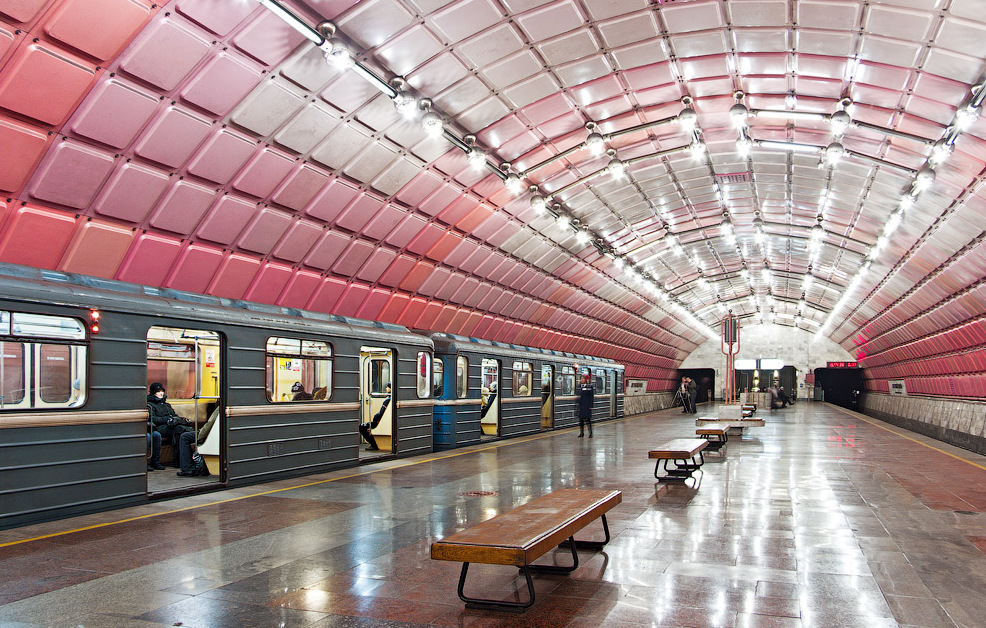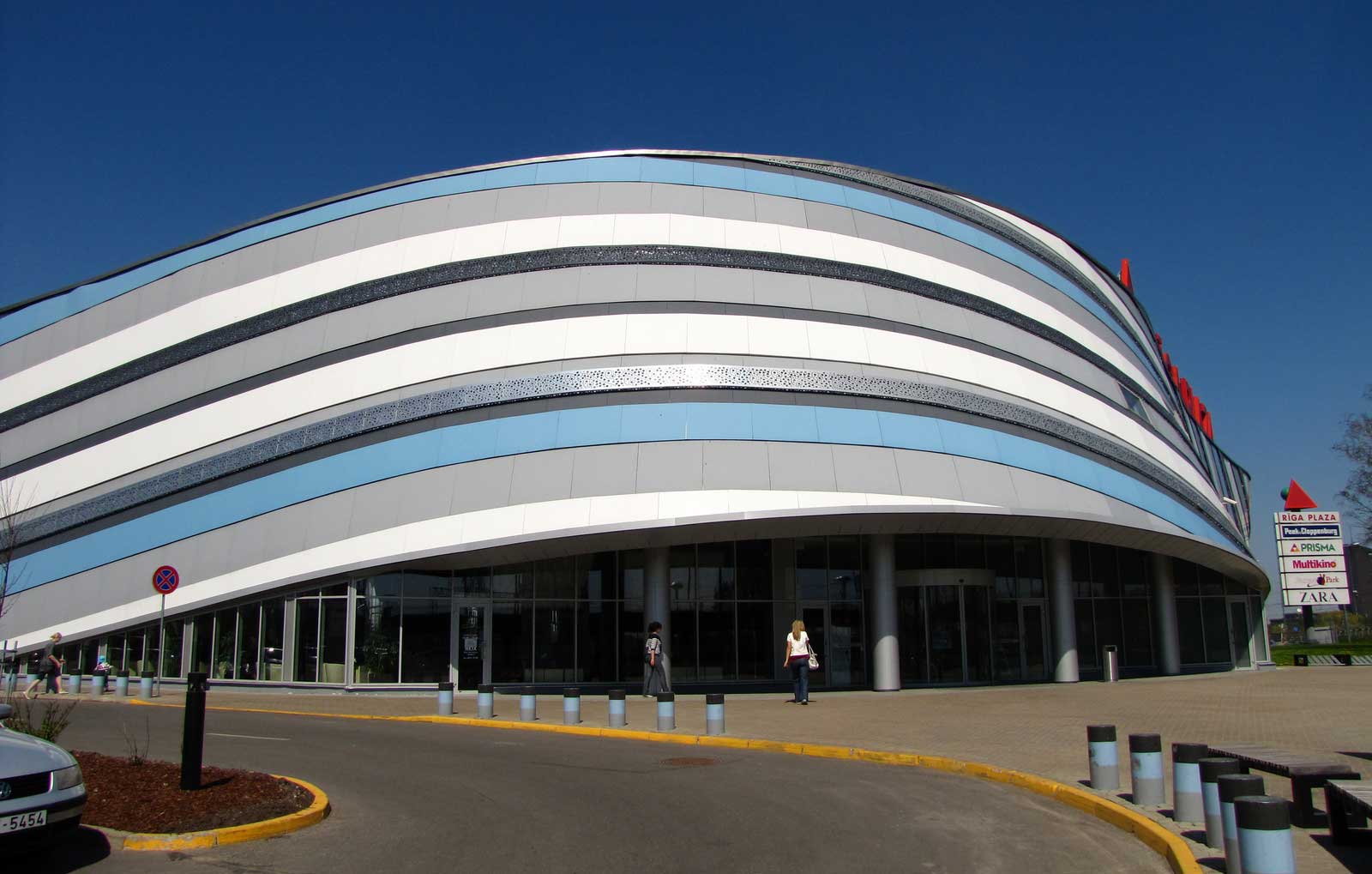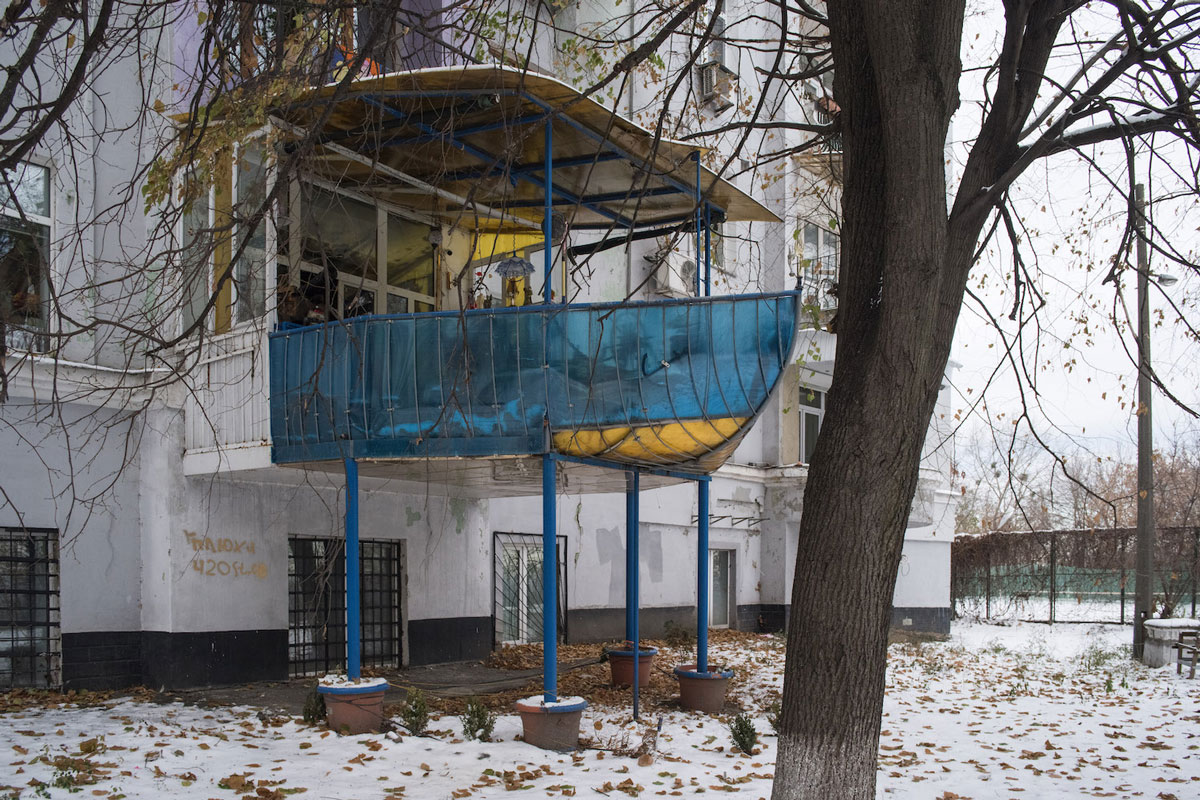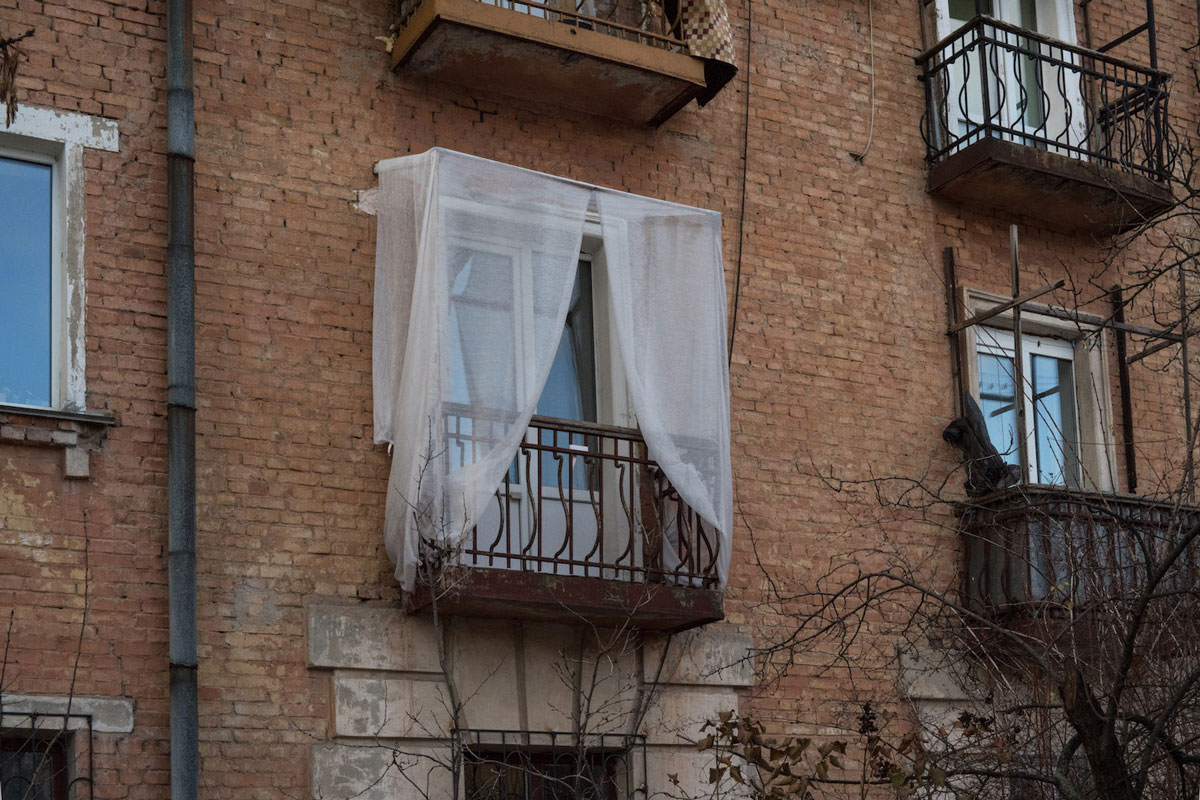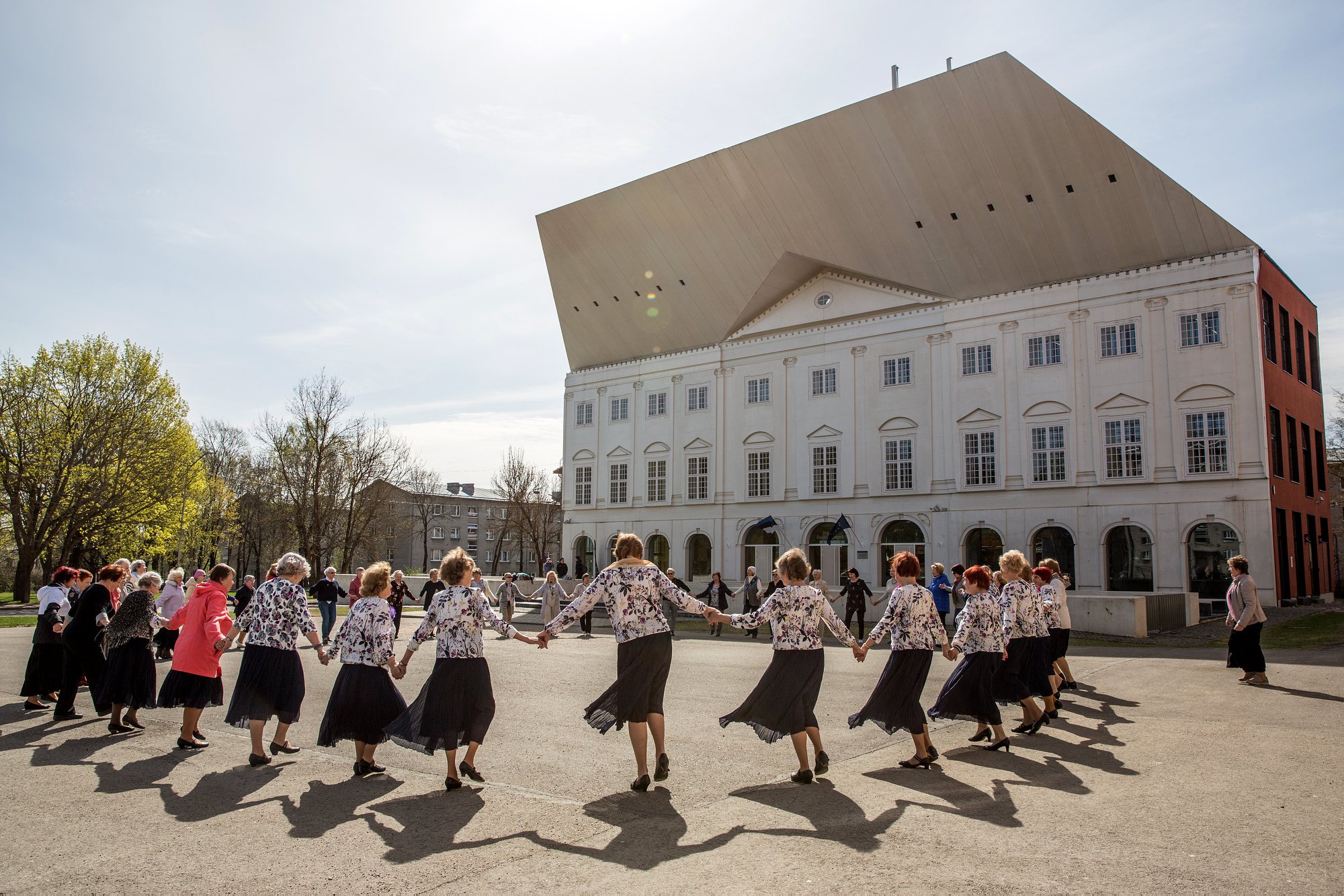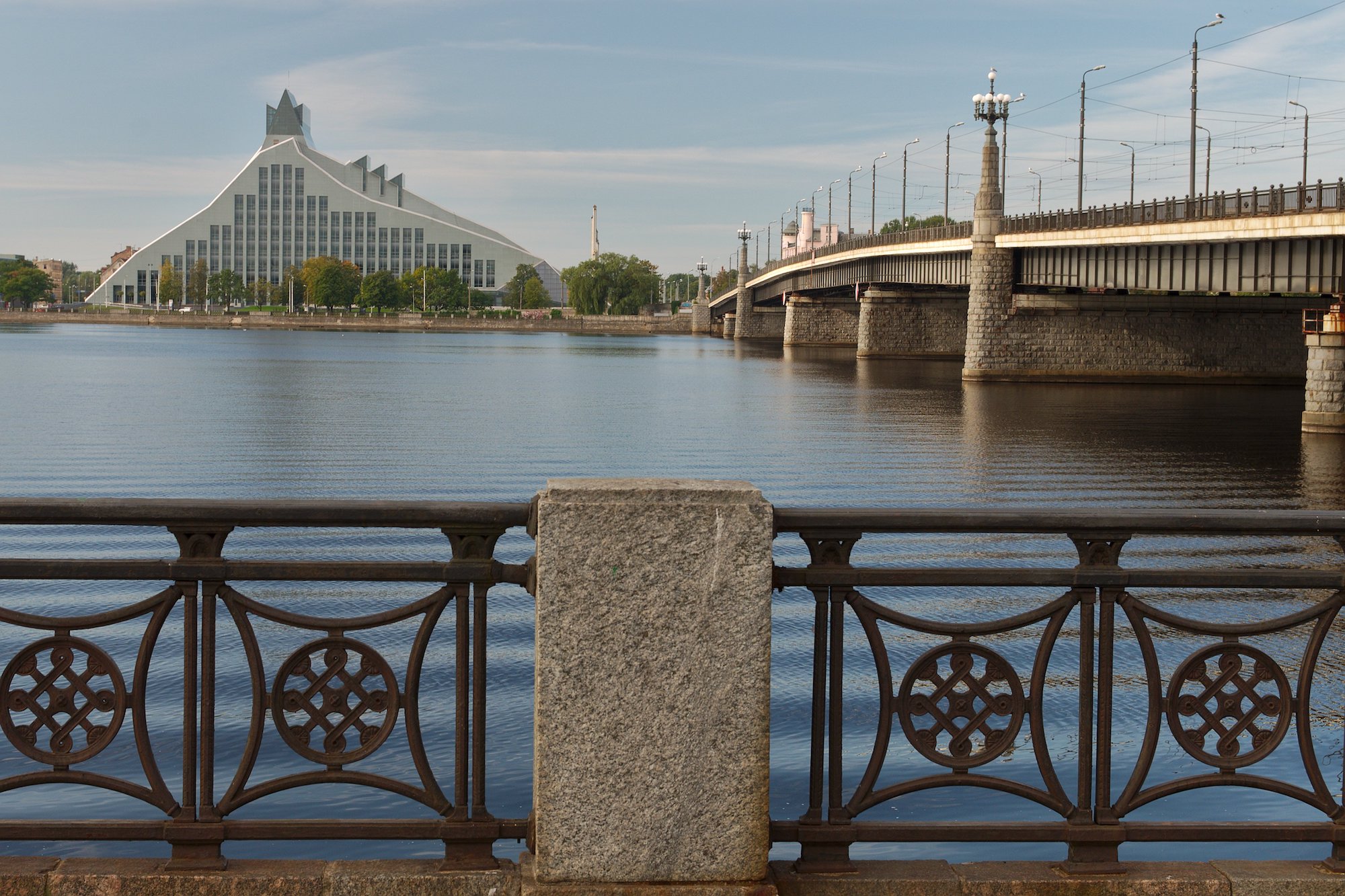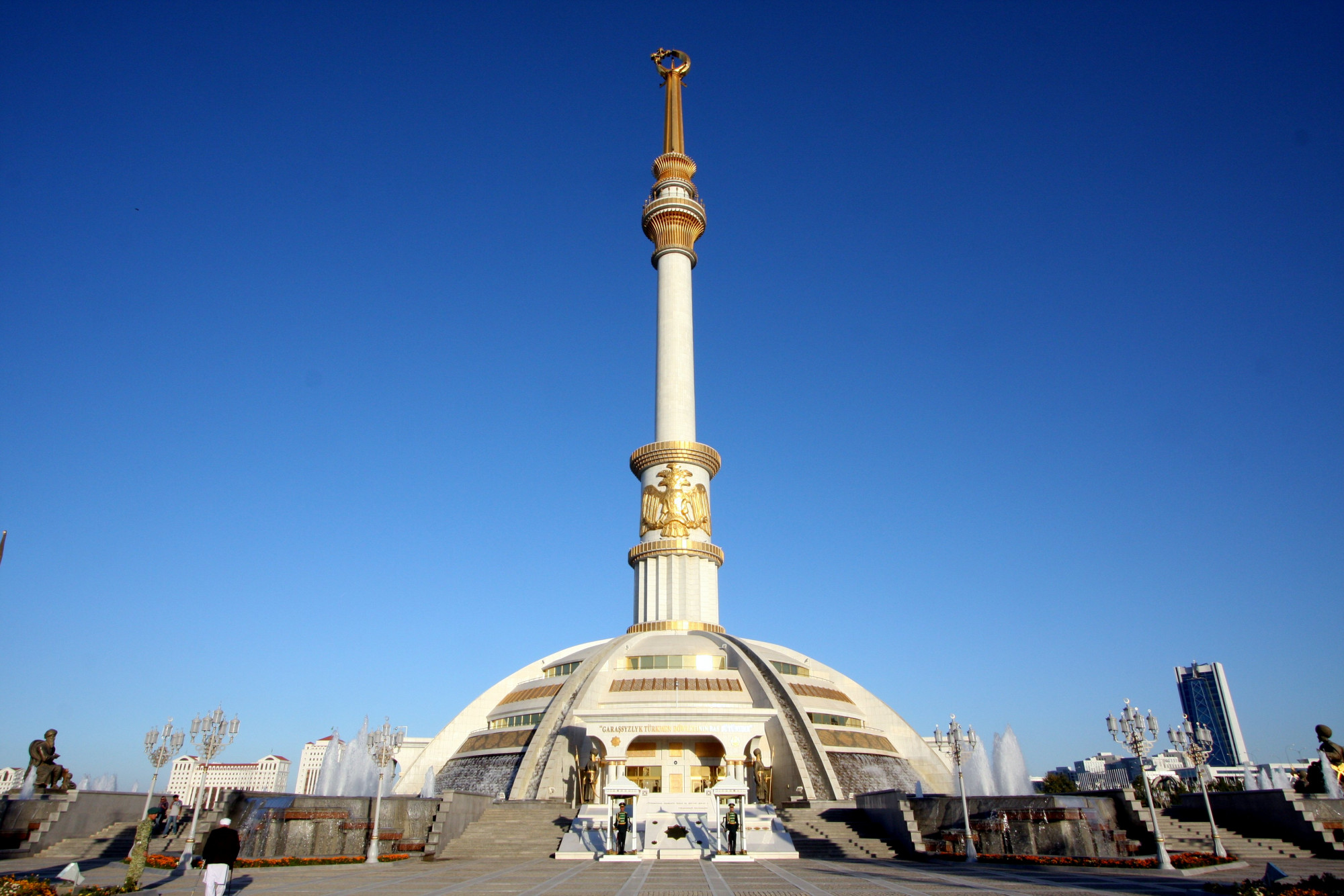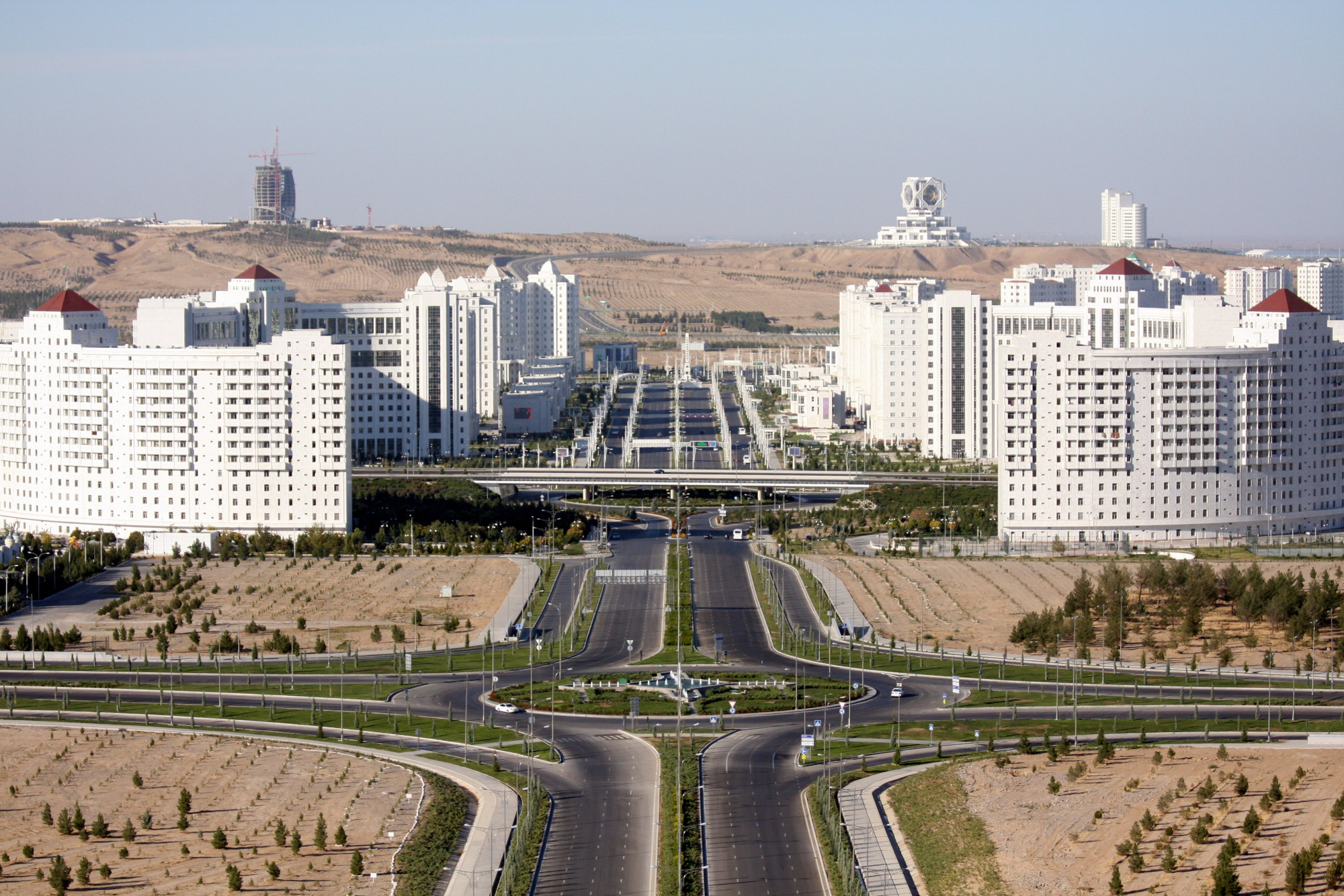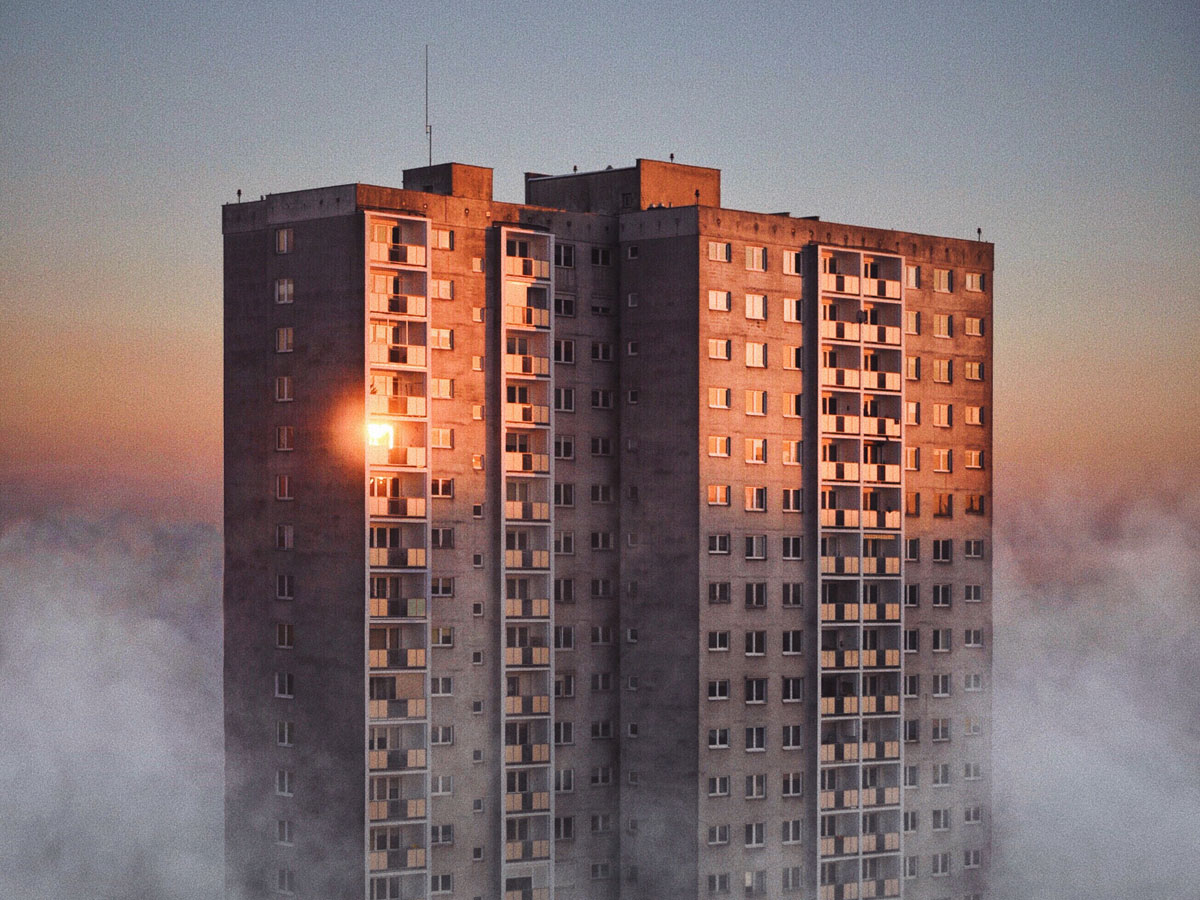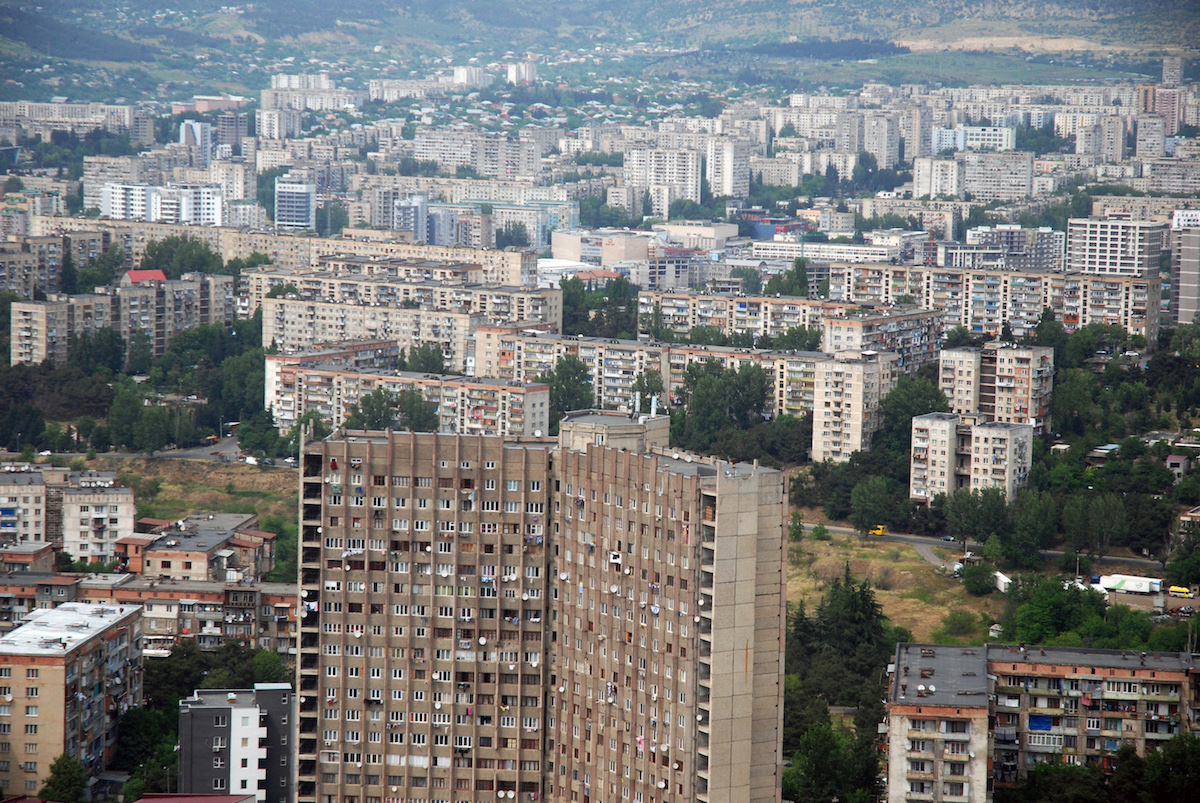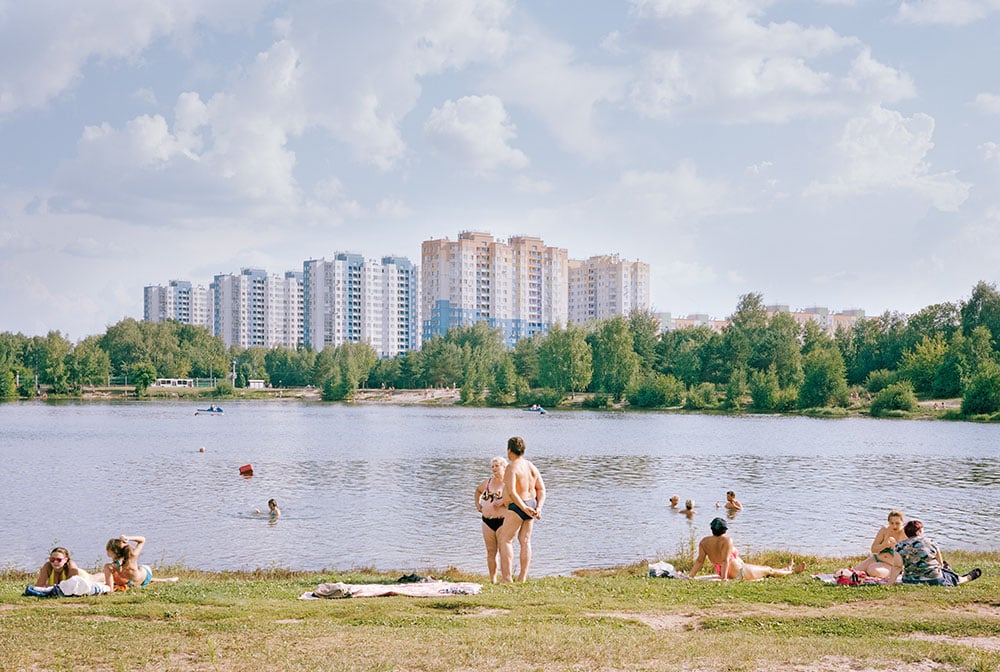From Tallinn to Turkmenistan, is there more to post-independence architecture than big business and ‘exotic kitsch’?
After The FallAfter the Soviet Union’s collapse in 1991, the countries of the former USSR began their own nation-building efforts, some rejecting their socialist heritage and increasingly looking to Scandinavia, China, and Saudi Arabia for architectural inspiration. Reflecting on 30 years of ambition, Owen Hatherley examines the trends shaping buildings in the Baltics, Caucasus, and Central Asia.
If you had told anybody working in architecture in 1991, in what would soon be known as the former Soviet Union, that in 2021 late Soviet design would be more celebrated than that from the first three decades of independence, their jaw would have hit the floor. And yet it’s true: go to any architecture exhibition or look at any urbanism Instagram account — whether in Kaunas or Ekaterinburg, Minsk or Almaty, Bishkek or Chișinău — and you’ll see vastly more interest in the architecture of the 1920s, the 1950s or the 1980s than you will that of the 1990s, 2000s or 2010s. The same buildings that were ridiculed and despised for being lumbering, monolithic, bureaucratic and ugly, have since been lovingly embraced in an endless stream of coffee table books and internet posts. So why is the architecture of independence relatively unknown, ignored, or scorned?
To understand the architecture that emerged post-independence, it helps to understand the trends that emerged within the USSR after Stalin’s death. There was a shift in the 1950s from Stalinist classicism to some sort of modernism, and by the 70s this resulted in enormous public housing complexes very vaguely inspired by the planning principles of Le Corbusier and the Athens Charter. Such buildings were produced industrially by a set of state combines in each republic. There was some room for “high architecture”, with recognisable “stars” who imposed their personality on their work: Leonid Pavlov in Russia or Avraam Miletsky in Ukraine. Yet, in the 1980s, many architects found this centralised system suffocating, leading to the emergence of a widely praised and exhibited generation of “paper architects”. They were led by Russians Aleksandr Brodsky and Ilya Utkin, the most famous of many architects working on fantastic, deliberately impossible and paradoxical dream projects. This was a way of blowing off steam while working on bureaucratic megaprojects, but as the system tottered, it also posed the question of whether this fantasy architecture could come to inform real buildings, if the dead hand of the centre was removed.
Avraam Miletsky’s Hotel Salut in Kyiv, pictured in 1983. Image: Marco Fieber under a CC licence.
Then there’s “the national question”. Soviet architecture can often seem like an enclosed world, but especially after 1956, designers were intensely aware of worldwide developments. They emulated trends from around the world, whether that source was from Brasilia, Yale, Sheffield or Tampere. This can actually be seen far better outside of the Russian Federation, whose architecture was generally more ‘official’ and staid. The Baltic states evolved a Scando-modern style comparable to Denmark and especially Finland. Central Asian nations opted for gigantic fusions of modernism and Orientalism. Transcaucasia, on the other hand, went in for a topographically dramatic local Brutalism. At one of the last big Soviet building projects, the post-Chernobyl new town of Slavutych, Ukraine, these trends resulted in a little exemplar of environmentally and nationally sensitive Postmodernism, where several republics donated housing estates designed in their own local styles: neo-Islamic for Azerbaijan, semi-Finnish for Estonia, quasi-Hanseatic for Latvia, and so forth.
Post-Soviet architecture has been overwhelmingly the preserve of state power or big business, or the fusions of the two that are so unsubtle in the region
National styles have continued to be dominant since 1991, though not always with the attention to creating the same pleasant urban environment that marked Slavutych. More obviously, connections with the world outside the USSR have become more explicit. Dominant influences differ in each country: the recent architecture of the EU and North America is the exemplar in the Baltics and latterly Georgia, that of China and Singapore for the dictatorships of Central Asia, and that of Turkey and Saudi Arabia for Muslim-majority states or Russian republics like Chechnya and Tatarstan. Some countries, like Russia or Kazakhstan, show a little of all of these. But however these individual styles might differ, each is driven by the general political economy of the region — a combination of nationalist rhetoric and neoliberal economics, with liberalism and democracy an optional extra, largely only in the Baltics and to varying degrees in Armenia, Georgia, Ukraine, Kyrgyzstan and Moldova.
But much of the better architecture of the 1990s — particularly the Metro extensions in Kyiv, Kharkiv, St Petersburg, and Moscow, and the new Metro in Dnipro, Ukraine — was really Soviet architecture, built late due to the incredibly long gestation periods for ambitious construction projects begun during the USSR’s “age of stagnation”. In some countries, particularly Kazakhstan and Belarus, prefabricated, factory-made mass housing has continued without pause — usually with less green space, but with pointy roofs and extraneous chirpy details added to the cliffs of concrete panels.
Elsewhere, restoration programmes looked at softening or even reversing Soviet architectural legacies. Although usually focused on reviving the historic cities of Tsarism, the Hanse or the Hapsburg Empire, these schemes have recently arrived at the mass housing of the Soviet era, particularly in Belarus, Estonia and Lithuania (EU-funded in the latter two), in projects that have insulated and brightened these demonised projects — sometimes with considerable success. Elsewhere, that same housing has declined sharply into grim dereliction and extensive ad hoc modification. Sometimes that modification has itself been the object of interest for artists and academics, given that it shows a certain form of post-Soviet “freedom”: the ability to reshape the appearance and space of your allocated state-built apartment. Projects like Oleksandr Burlaka’s wonderful Balcony Chic, which focused on Ukraine, or Gio Sumbadze and Joanna Warsza’s Kamikaze Loggia, which spotlighted Georgia, have focused on the bottom-up, customised designs that have resulted from this process. One may wonder, however, whether residents wouldn’t prefer the less anarchic but more pleasant environments created by the renovation programmes. But in any case, political elites such as those of Russia or Kazakhstan seem highly uninterested in redistributing their immense mineral wealth in the direction of repairing concrete panel housing estates, nor Ukraine in taxing oligarchs to do the same.
Nemiga District in Minsk, Belarus. Image: Shutterstock/Grisha Bruev
It was post-Soviet Moscow and Kyiv provided the most cautionary tales for urban development in the 1990s and 2000s. Their state-driven architectural cultures hardened after 1991 into an elaborate pyramid of graft, property development, historical reconstruction, crass advertising, resulting in the annihilation of public space and degradation of the slightest visual sense. Other cities followed suit, though to a lesser degree: Minsk has only the one visually unpleasant luxury high-rise in its centre, but has favoured a similarly kitsch and illiterate rebuilding of its historic “Old Town”. Nur-Sultan (known previously as Astana) instead features skyscrapers modelled on Stalinist Moscow, such as the “Triumph Astana”.
But rejecting Moscow’s example entirely has had some differing results. Nationalism and Neoliberalism in the Baltics took the form, ironically, of continuing their Soviet dialogue with social democratic Scandinavia — imagine Sweden if all the work was in museums and office blocks, rather than housing or schools. Some of this is excellent architecture.
Narva Road Methodist Church in Tallinn. Image: Facebook/Tallinna Metodisti kirik
Estonia especially stands out. The 1994 Narva Road Methodist Church in Tallinn by Vilen Kunnapu and Ain Padrik is an elegant and haunting expressionist design, Kavakava architects’ brilliant Narva College engages with the border city’s tortured history much better than the endless historical reconstructions elsewhere, and tourism and hipsterism are expressed nowhere better than in the jagged montage of Tallinn’s Rotermann Quarter, designed by various architects over the 2000s. Lithuania too has some decent new work, such as Paleko Studio’s vigorous 2012 Vilnius University Library, though it can tend more than Estonia to glassy office-block blandness. Latvia has been most disappointing, with with the inventive local Postmodernism of the 80s being replaced with too much cheap historicism and dull Euroarchitecture. However, there are exceptions, such as the monumental National Library, completed in 2015 by the Latvian-American architect Gunnar Birkerts, who began the design at the end of the Soviet era in 1989. Meanwhile, Latvia’s dusty, forested, Hanseatic small towns have avoided the Disneyfication that has taken over much historic architecture in the region.
Other republics have taken nation-building rather more literally, especially in Central Asia. The most notorious here is Turkmenistan, which wilfully destroyed Ashgabat, a capital dominated by the Brutalist public buildings of the talented Abdullah Akhmedov, to create instead a staggering and audaciously vacuous architecture of giant marble symbols, monuments and vast empty boulevards – a return to Stalinism that would have been unimaginable in the 1980s. Similar schemes — especially for mosques and parliament buildings — were inflicted upon Uzbekistan and Kazakhstan, and on the Tatar capital of Kazan, albeit on a smaller scale (Kyrgyzstan and Tajikistan have struggled to find the budgets to build in a similar vein).
For the more critical historians of Soviet architecture, such as the Uzbekistan-raised Boris Chukhovich, the culprit for this vacuity is late Soviet “Oriental” modernism, which prized kitsch and symbolism over construction and urbanism. But the most famous new examples have major western, capitalist input.
In Nur-Sultan, the purpose-built capital of Kazakhstan carved out of Soviet Tselinograd, you’ll find plenty of outrageous, Star Wars-like dream projects by the likes of Norman Foster (the Palace of Peace and Reconciliation and the Khan Shatyr Centre) and Adrian Smith (the 2017 Expo Building), which sit in amongst the tributes to Timur’s Samarkand and Stalin’s Moscow. Each of them is both abstract and symbolic, with Foster’s pyramid and yurt, or SOM’s glass sphere, explained by references to the syncretic nationalist mythology that Kazakhstani President Nursultan Nazarbayev’s regime concocted from the 1990s onwards. Similar arguments could be made about Zaha Hadid’s alternately praised and excoriated Heydar Aliyev Centre in the petro-capital of Baku.
Palace of Peace and Reconciliation in Nur-Sultan, Kazakhstan. Image: Shutterstock/Mathias Berlin
It’s tempting to view this as one trend for “exotic kitsch”. But rather, it helps to think about it as an attempt to do the work of capitalist development and nation-building western Europe or the Americas did in the 19th and early 20th centuries (although Westerners sometimes like to think they’re above such things). The scorn for this new architecture is the scorn of someone not liking what they see in the mirror.
Nowhere is this more true than in Georgia. In the era of then-President Mikheil Saakashvili, this small country became a brief cause célèbre in architecture magazines and websites, largely, it seemed, because Saakashvili read them avidly and wasn’t afraid to show it. Some of the results are horrible: the dreadful Exhibition Centre by Fuksas in the ridiculous Rike Park in Tbilisi is a case in point, while the much photographed border stations by Jurgen Mayer H are more impressive. The point that was so often missed was that these were gross projects to embark upon in a country that was made desperately poor by the collapse of the USSR and the ensuing wars with its breakaway regions. Nowhere is this more obvious than in the wildly expensive, ultra-futuristic parliament Saakashvili built to the designs of Spanish architects CMD Inginieros, in impoverished Kutaisi, which was abandoned soon after his fall from power.
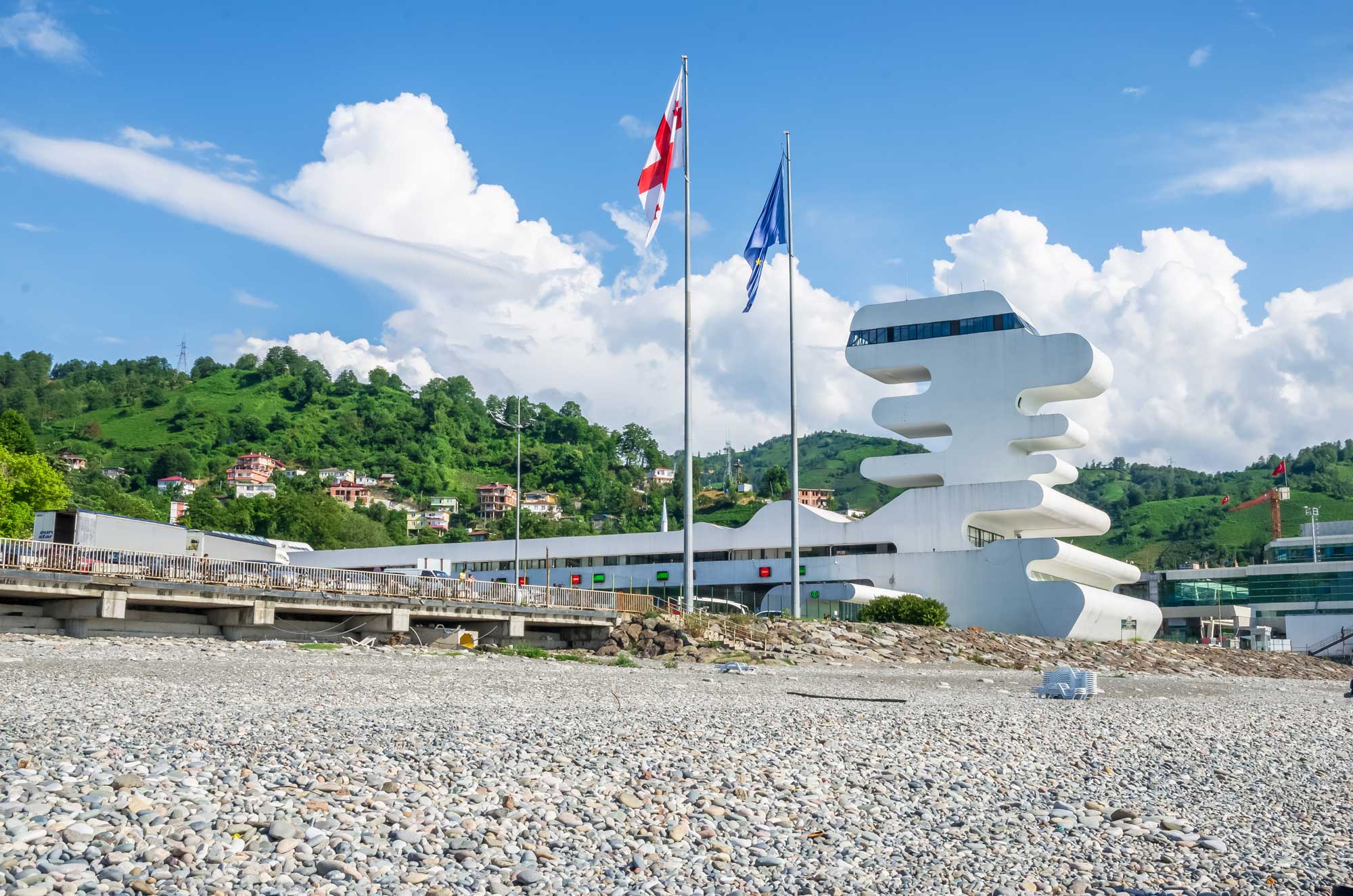
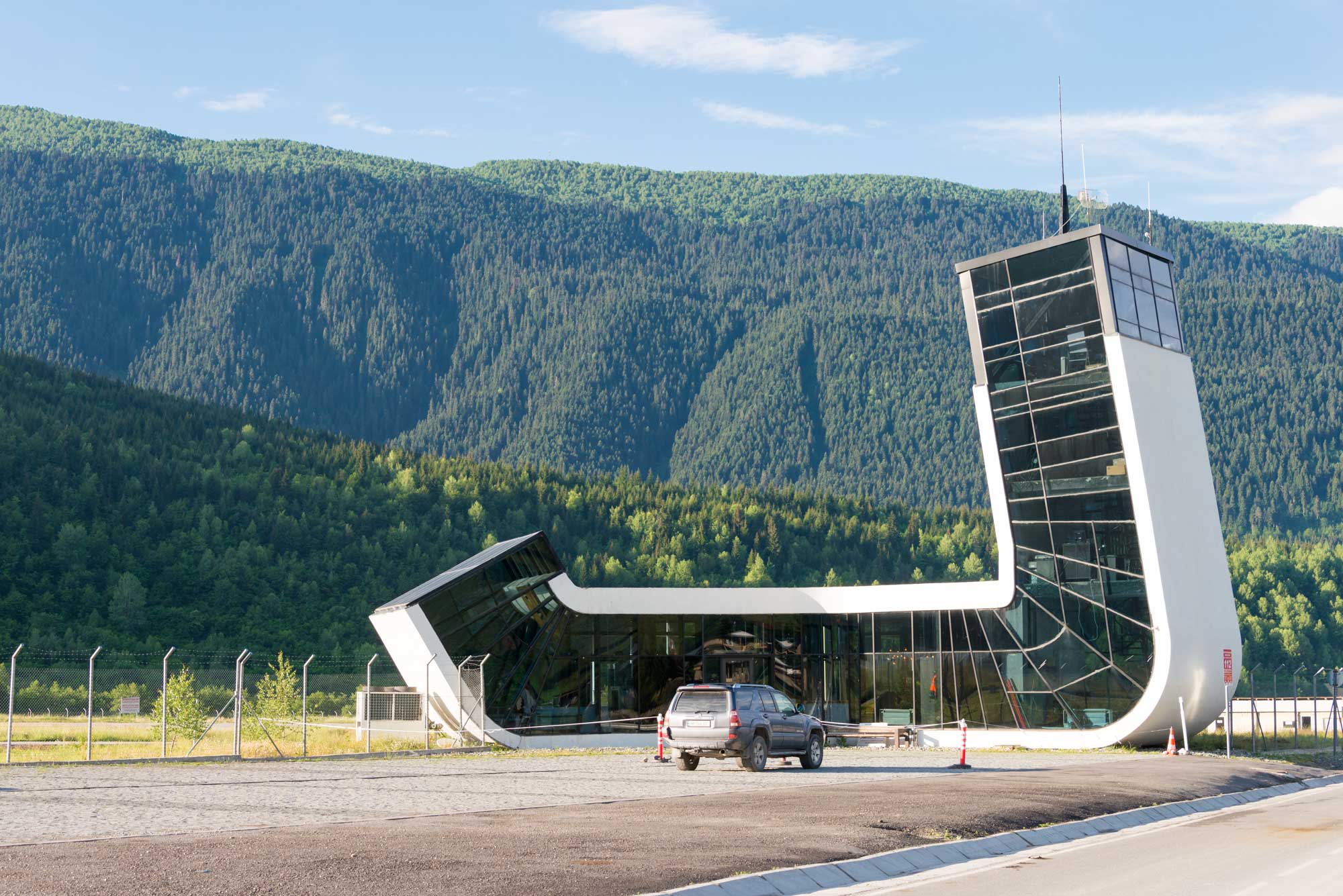
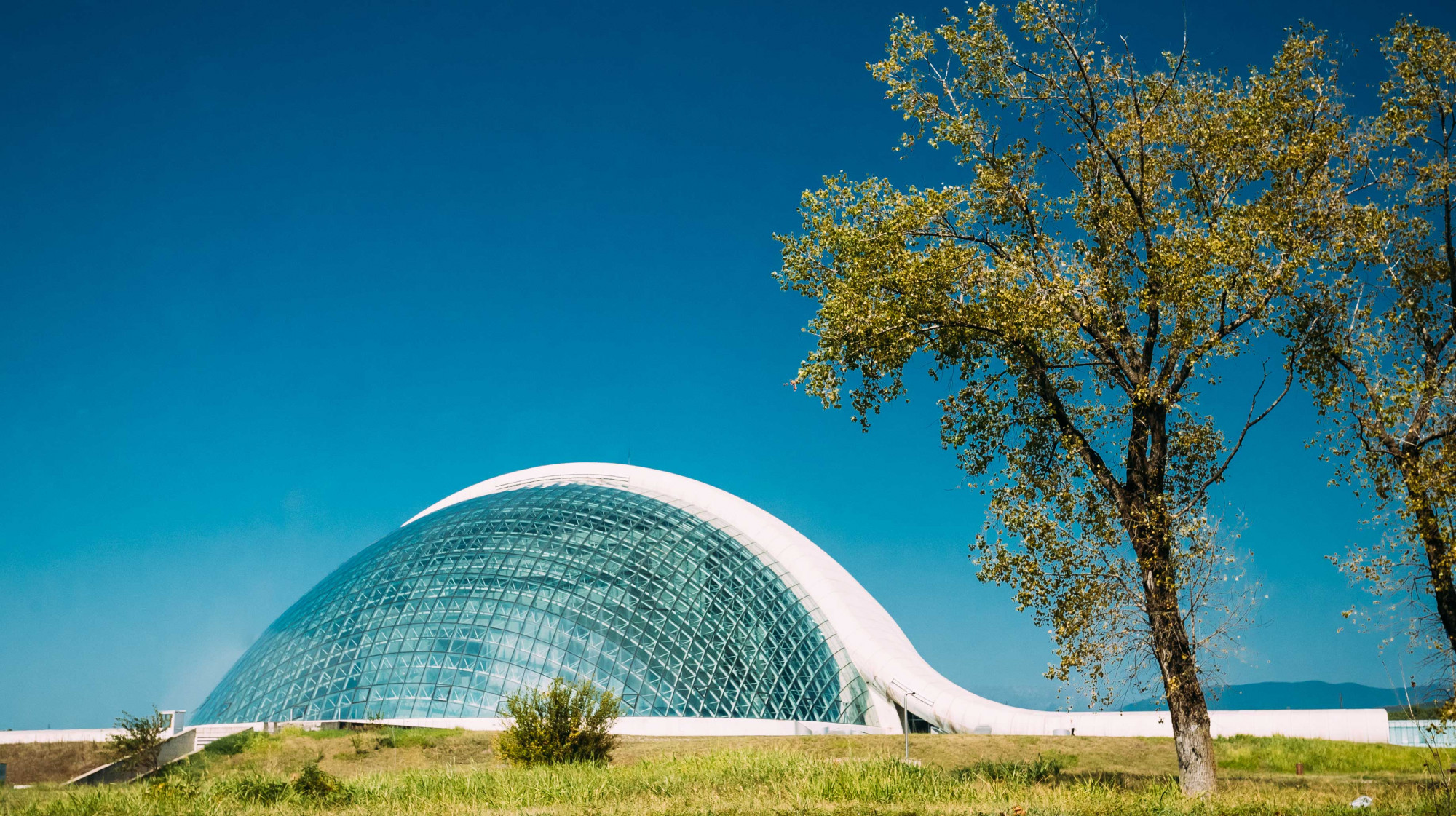
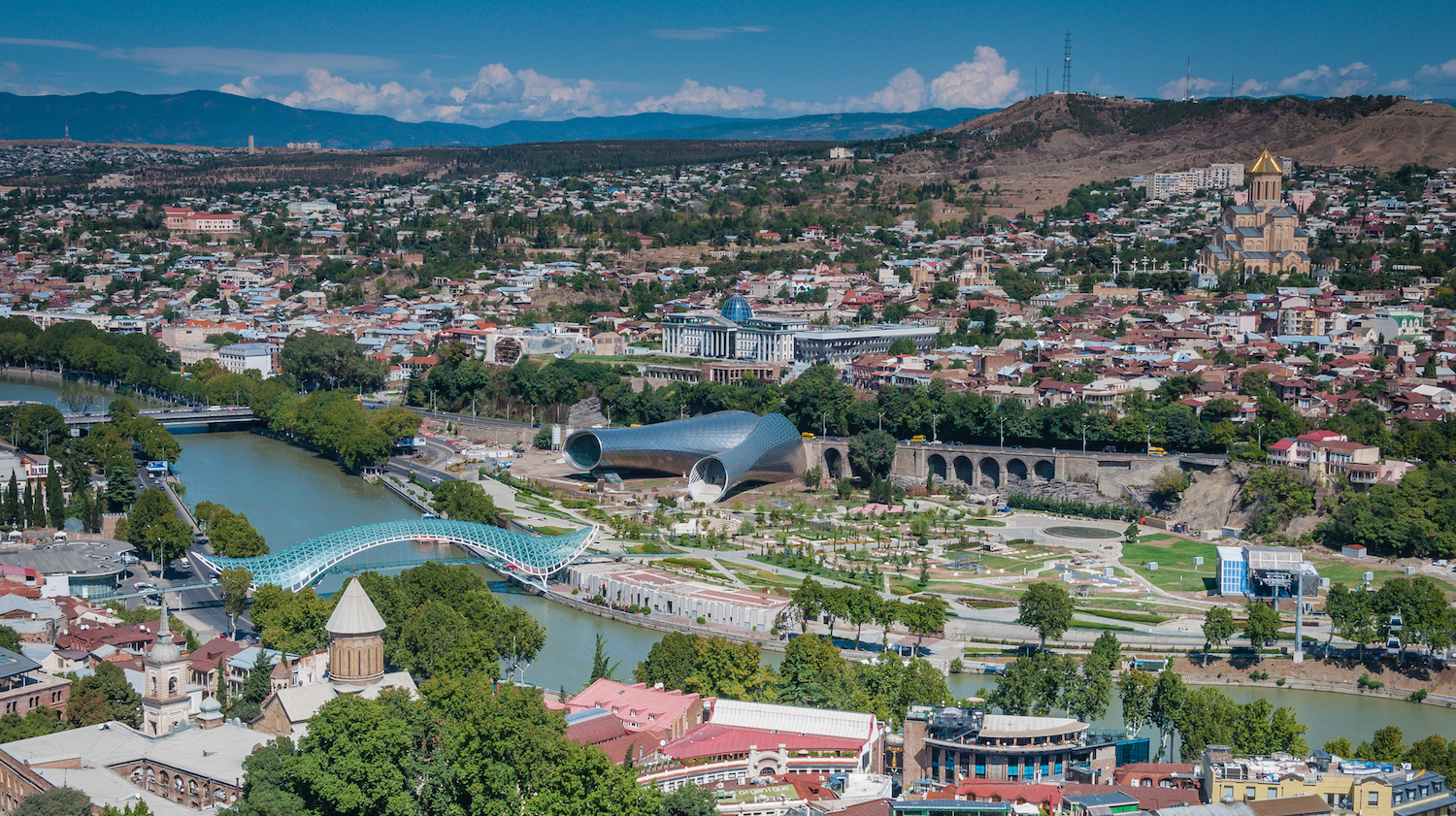
Although its significance can be overstated, a lot of the impetus for the USSR’s collapse came from the failings of a massively bureaucratic, centralised system, with very little apparent room for initiative or “creativity”. However much the more eccentric and original Soviet structures that are now widely celebrated might complicate this narrative, a walk through any Brezhnev-era housing estate should make the basic truth of the critique pretty clear. Yet rather than being some sort of free play of ideas and imagination, post-Soviet architecture has been overwhelmingly the preserve of state power or big business, or the fusions of the two that are so unsubtle in the region.
There have, however, been small-scale alternatives that do suggest that there is much more to ‘freedom’ than the right to build a crappy tower in your neighbour’s garden, or more to ‘public space’ than commanding Soviet plazas. Perhaps the most interesting small-scale architecture has come out of the protest movements that have regularly emerged from Yerevan to Novosibirsk. Some of these have focused initially on protecting old, often Soviet buildings. As Tspylma Darieva and Carola S. Neugebauer note in their recent anthology Urban Activism in Eastern Europe and Eurasia, over a third of all protests in the region are about buildings, belying the common notion of post-Soviet passivity. Sometimes, these protests have been followed by architectural interventions into public space – pavilions and miniature buildings. These are often temporary, and too often funded by Western think-tanks and foundations, but they have provided the most genuinely imaginative architecture of the post-Soviet space. Their example suggests ways of resolving the polarised values that the last Soviet generation believed could not be reconciled. In these, liberty comes along with equality.
”Stage” pavilion in Dnipro, Ukraine. Image: Facebook
In this category we could put works like the temporary, pergola-like structures erected in Baku’s Byil District by PillƏ, as part of a dispute over public space; the temporary theatre for the Visual Culture Research Centre in Podil, Kyiv; the giant inhabited wooden cat of the ‘Grand-Land’s Museum’ in Kuldiga, Latvia; or ‘Stage’ in Dnipro, designed and built by a Polish-Ukrainian team of volunteers. What all these disparate projects share is a lightweight aesthetic, which owes something both to early Constructivism and to the Paper Architects of the 1980s. These disparate works are notable for their refusal of the dominant nationalism and neoliberalism of the post-independence era — all the bombast, decoration and kitsch of post-Soviet nationalism is absent in these simple structures, and the ubiquitous commercialism is also missing in these works which are intended just to be spaces to meet, talk and relax in the city, without having to buy anything. All of them show a commitment to public deliberation, participation and the right to the city which is all too rare in the former USSR, much as it was in the Soviet Union itself. A better new architecture will come from there, if it comes from anywhere.
